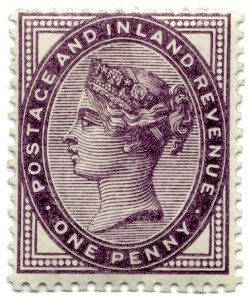On the penultimate day of the working week we look at some of the more bizarre prohibited items in Canada. Many people relocate to Canada as a result of its stunning scenery, imposing mountainous regions, extraordinary wildlife and exciting winter sports.
For this reason, many people tend to post abroad to Canada from the UK so it’s essential that they are aware of what could be intercepted by customs. Whilst there are some expected items on the prohibited list there are also a few surprises.
If you’ve got any reprints that are copyrighted to Canada in the UK, it’s not advisable to use these as gifts. This could be any kind of publication or image that was originally made in Canada. If you’ve travelled to and from the country in the past, this could be you.
Other interesting postal restrictions in Canada include second-hand bee supplies. Whilst it’s unlikely that you’re friend or relative in Canada is a beekeeper, a jar of honey or anything along those lines would be prohibited.
Other unique items on Canada’s prohibition list include smoke-making devices, parcels with caution labels on them and commercial tags of metal.
If you need to send a gift to Canada, why not make the most of RAND’s international shipping service to Canada?



 Embossed postage stamps were also used, in a variety of octagonal designs. The age of the Penny Red came to an end in 1880 along with the start of the new surface printed stamps. The Penny Lilac was issued subsequently in 1881 and lasted until the end of Victoria’s reign in 1901. The Penny Lilac was also the first stamp issued that was valid as both a postal stamp and a revenue stamp; used to collect taxes or fees on documents.
Embossed postage stamps were also used, in a variety of octagonal designs. The age of the Penny Red came to an end in 1880 along with the start of the new surface printed stamps. The Penny Lilac was issued subsequently in 1881 and lasted until the end of Victoria’s reign in 1901. The Penny Lilac was also the first stamp issued that was valid as both a postal stamp and a revenue stamp; used to collect taxes or fees on documents. On the 6th May 1840 the very first postal stamp was introduced. As a way of combating the financial losses of the Postal Office, 1d was charged for prepaid letters, whereas 2d was charged if the fee was collected from the recipient. This meant it was better for the sender and the recipient to prepay for their letter, plus the Postal Office received the money straight away (some messengers would be likely to pocket the money received and claim the letter was lost).
On the 6th May 1840 the very first postal stamp was introduced. As a way of combating the financial losses of the Postal Office, 1d was charged for prepaid letters, whereas 2d was charged if the fee was collected from the recipient. This meant it was better for the sender and the recipient to prepay for their letter, plus the Postal Office received the money straight away (some messengers would be likely to pocket the money received and claim the letter was lost).